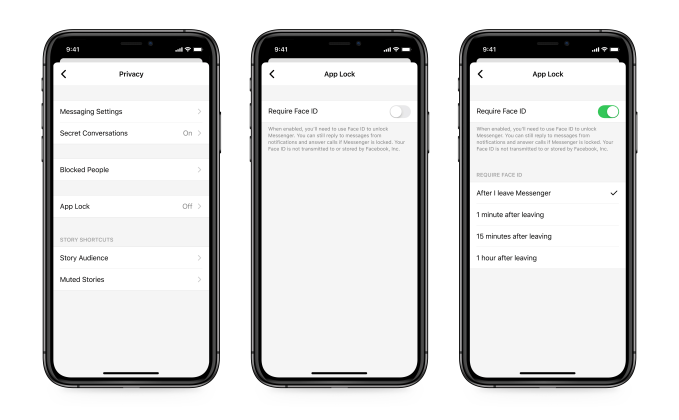SaaS is hot in 2020. Tooling that helps facilitate remote work is hot in 2020. And we all know that anything related to video chatting in particular is on fire this year. In the midst of all three trends is Kudo, which just raised $6 million in a round led by Felicis.
But Kudo’s video chatting and conferencing tool with built-in support for translators and multiple audio streams wasn’t initially constructed for the COVID-19 era. It got started back in 2016, so let’s talk about how it got to where it is today before we talk about how much the pandemic and ensuing remote-work boom accelerated its growth by what the company described in a release as 3,500%.
Pain to proof to product
TechCrunch spoke to Fardad Zabetian, Kudo’s founder and CEO, earlier this week to learn about how his company got started. According to the executive, he started working on Kudo back in 2016 after feeling the need to add language support to what he calls decentralized meetings.
After getting a proof of concept (could interactive audio and video be compiled for remote participants with less than 500 milliseconds of latency?) in place, the company itself launched in 2017, and after more work its product was put into the market in September, 2018.
During that time, Kudo put together angel and friends-and-family money that Zabetian described as less than $1 million, meaning that the startup got a lot done without spending a lot. (In my experience, talking to founders over the last decade or so, that’s a good sign.)
All that work paid off this year when COVID-19 shook up the world, forcing companies to cancel business travel and instead lean on video conferencing solutions. Given the international nature of modern business — globalization is a fact, regardless of what nationalists want — the change in the world’s meeting landscape scooted demand toward Kudo.
Here’s how it works: Kudo provides a self-serve SaaS video conferencing solution, allowing any company to spin up meetings as they need. It also has a translator pool, and can supply humans to fill out a meeting’s needs if a customer wants. Or, customers can bring their own translators.
So, Kudo is SaaS with an optional services component, though given the lower margins inherent to services over software, I’d hazard that we should think of its services revenue as a helper to its SaaS incomes. There’s no need to fret about their impact on Kudo’s blended gross margins, in other words.
According to Zabetian, about three-quarters of its customers bring their own translators, while about a fourth hire them through Kudo’s cadre.
Growth
As noted, Kudo got into the market back in 2018, which means it was already selling its software in the pre-pandemic days. Lead investor Niki Pezeshki told TechCrunch that Kudo has “stepped up in a big way for its customers during the pandemic,” but that while COVID “has certainly accelerated Kudo’s growth, we think they are enabling a longer-term shift in the market by showing customers that it is possible to effectively run multilingual conferences and meetings without the hassle of international travel and all the planning that goes into it.”
Kudo was already right about where the world was going, then, even if the pandemic provided a boost.
That tailwind is evident in its round size, notably. Kudo’s CEO said that he set out to raise $2 million, not $6 million; the $4 million delta is indicative of a company that has become a competitive asset for the venture class to fight over.
And Kudo’s growth has brought with it notable financial benefits, including several months of cash flow positivity — something nearly unheard of amongst startups of its age and size. But the company will spend from its $6 million and push that line-item negative, it said. Kudo has 30 open positions today that it expects to fill in the next few quarters, including building out its sales and marketing functions, which to date it has not invested in (another good sign among startups is how long they can grow attractively without needing to spend heavily on sales and marketing). That won’t come cheap, in the short-term.
So that’s Kudo and its round. What we want to know next is its H1 2020 year-over-year revenue growth. Do write in if you know that number.








